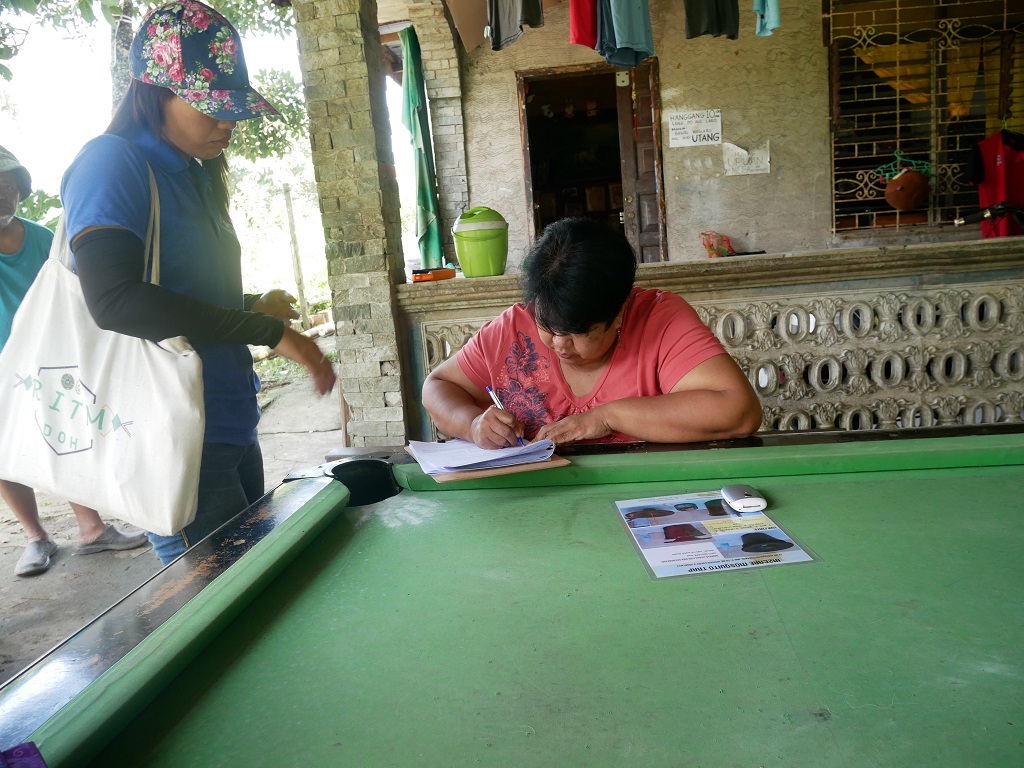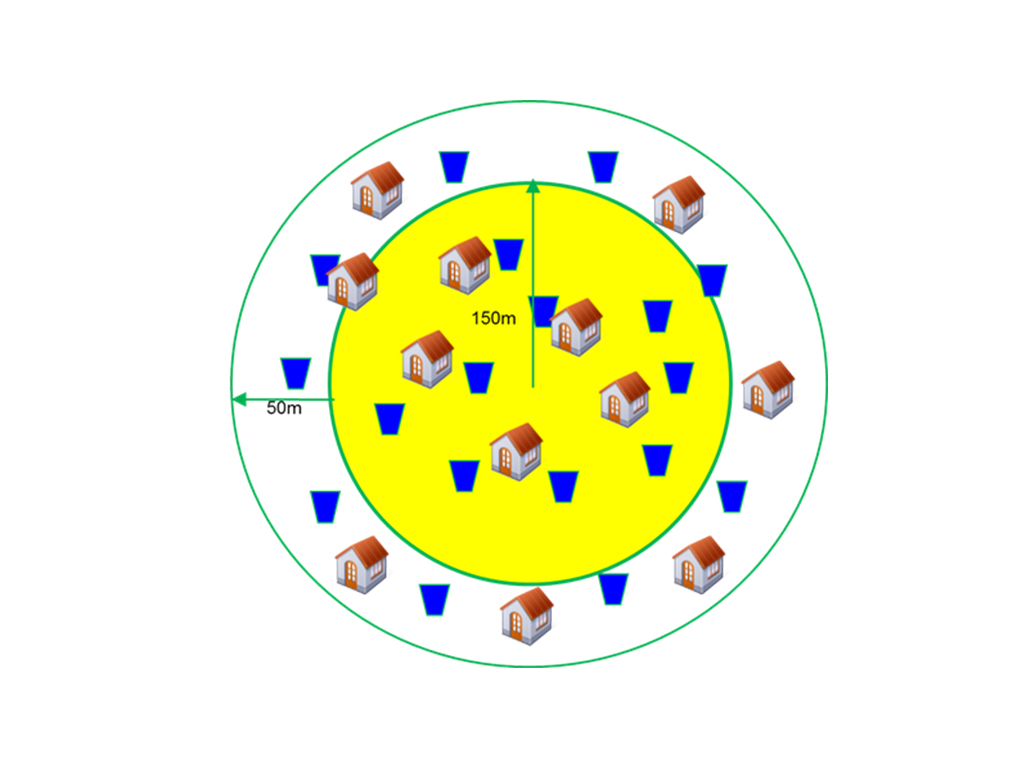Dengue is a main concern in Lipa City, this year the community faced a dramatic epidemic season in July and August and circulation of dengue is still very active in beginning of October. Barangays Health Centers are fully involved in dengue fight and communication on good practices to control mosquitoes is visible in many places.
ECOMORE project in Lipa City
The field study is a parallel two-armed cluster randomized trial to attempt to account for spatial heterogeneity in dengue 46 clusters containing 50 to 100 children from 6-16 years old: 23 clusters with intervention and 23 clusters for control. More than 2,000 In2care traps will be placed.
The recruitment of children for saliva collection is now completed in the 46 clusters and the initial sero-conversion survey will be conducted within 2 weeks after installation of the traps. Some children have already been sampled in Banay-Banay Barangay to test organization of this survey.
03 October 2019
The field implementation of the traps is organized by 2 teams composed of 3 RITM staffs (Medical Entomology Department), one responsible to explain the auto-dissemination concept and to get signature of the Consent Form, two responsible of installing the traps; they are assisted by a Barangay Health Worker (BHW) who significantly facilitates entering houses. The 2 teams divided the work to cover the area of each cluster and its buffer zone.
It should be noted that the teams never faced any rejection to get signature of the consent form for placing an In2care trap around the house.
The protocol of the study described the theoretical manner for installation of the traps [1]: 1 trap In2care / 1000 m2. Michael Reyes has then mapped the ideal location of traps accordingly. These maps are presented to the team before the field work, to facilitate proper location of the traps [2]. Each team records the GPS coordinates [3] after placing the traps identified by a number; mapping of actual locations will be issued daily to be compared with the model. Traps can be relocated or the number of traps can be increased to reach a better coverage if necessary.
In the field, the teams verify that traps are properly spaced by counting 45 steps from the last trap installed [1]; sometimes it matches with an inhabited home [2]…sometimes not [3], and the team must improvise to cover the missed 1000 m2 area.
The team fills the traps with water (4.5 Liters) which is activated with a pyriproxyphen-treated gauze strip. The gauze is fitted on the floater. The remaining powder and tablets from the sachet are added to the water. The traps will be refreshed the trap every 6 weeks by refilling water and changing the treated gauze.
This pilot phase for installing the traps in Bulaklakan Barangay has allowed to better assess the constrains of the field work and difficulties encountered; active participation of the two Co-PIs of the study, Ferdi Salazar (RITM) [1] and Richard Paul (IP) [2] and of the team leader, Jason Angeles [3] was a major asset to suggest amendments and improvements of the work organization.
The traps are placed in shaded, vegetated areas, where mosquitoes like to breed but where pets or fighting cocks, very common in Lipa, cannot drink inside or spill it.





























Add Comment